
Drill into timber, soft metal and hard materials including brick and concrete with the RYOBI 18V ONE+ Hammer Drill.
The hardest workers in your garden. Bees are probably the most reliable employees in the world. They turn up to work every day, rain, hail or shine. Their overtime hours are through the roof - of the hive. In fact, a lot of them never leave the office. And no one in the world can do what they do. They’re what one would call an ‘essential employee’. But right now bee populations around the world are under threat.
A lot of people don’t realise just how important bees are for their garden and the planet. So, we’re going to dive into what exactly a day in the life looks like for a working bee in Australia and why you should consider employing a few more bees in your yard.
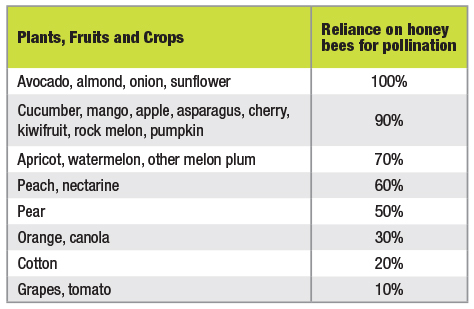
Bees are in charge of the pollination of our plants and crops. Every day they transfer pollen from a male part of a plant to a female part of the same or different plant. This results in fertilisation and the production of seeds. It might not sound like much, but 1/3 of the world’s global food production requires pollination. And it’s estimated that 80-90% of this role is carried out by honey bees. These services are worth several billion dollars a year (and yet bees do all the work for free). Without pollination, many of our ecosystems would be altered or cease to exist. And we wouldn’t be able to enjoy half of the foods that we do. This table highlights just some of the crops that rely on pollination by bees.
There are over 20,000 species of bees in the world. But only a fraction of these bees actually produce honey. Check out the difference between a honey bee and a native bee in their bios below.
Background: Honey bees were introduced to Australia around 200 years ago from Europe. Over the past few decades, they’ve made themselves at home across Australia. So now they’re our most widespread managed pollinator.
Living Quarters: Honey bees are extremely social animals. They live and work in a society with thousands of other bees, under the rule of a Queen Bee. These hives are either naturally made from sheets of honeycomb made from beeswax that they’ve produced themselves or man-made by a beekeeper.
Occupation: We all know honey bees produce delicious honey. But did you know one honey bee only produces a twelfth of a teaspoon of honey in its whole life? That’s why these little fellas work in such big numbers in the hive. In addition to honey, they produce beeswax used for skin care products, candles, propolis and various other things. But their most important job is the pollination of plants. Without honey bees a lot of our plants and crops would struggle to survive.
Background: In Australia, we have more than 2,000 species of native bees, that range from an impressive 24mm to a tiny 2mm.
Living Quarters: Most Australian native bees like to live alone in wood, the stems of plants, gaps between rocks or homes they’ve dug for themselves underground. But some native bees do like to do some socialising. There are actually 14 species of ‘social’ native bee that live in colonies like the honey bees.
Occupation: The majority of native bees don’t produce honey. If they do, it’s only a tiny bit. This leaves them with a lot of time on their hands (or wings) to buzz about the garden fertilizing native plants. In some cases native bees are actually better pollinators than honey bees. Some plants only release their pollen when vibrated at a certain frequency. Honey bees can’t get there, but native bees can vibrate their bodies at exactly the right frequency.
Overseas, native bees have also been used together with honey bees for crop pollination. At the moment, we depend almost entirely on honeybees for this job, but experts hope we might be able to likewise utilise native bees. In Queensland our native social stingless bees are already successfully being used for pollination of macadamia, mangoes, watermelons and lychees.
Our most hardworking employees are under threat. In some parts of the world entire colonies of honey bees have been dying. Experts believe it’s due to a combination of the following:
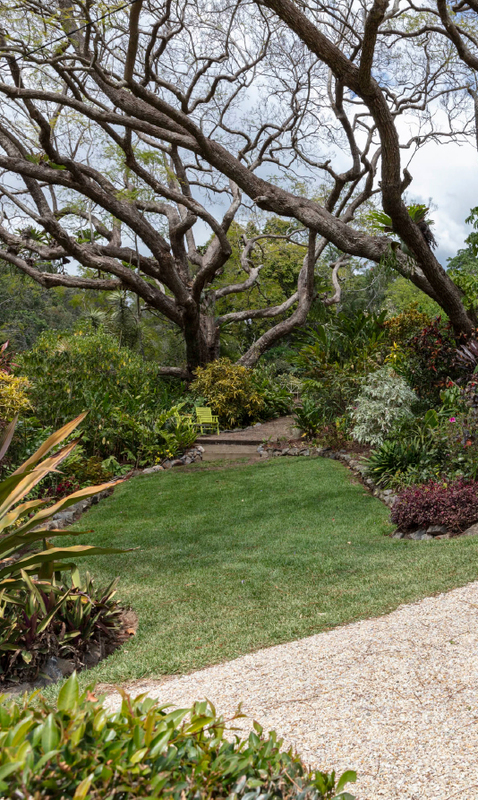
Diseases and pests: Honey bees are stalked by all different kinds of mites, viruses and other diseases. Australia is actually the only continent that remains free from the Varroa Destructor mite. These evil little mites are deemed the honey bee’s most dangerous enemy overseas. Despite many initiatives to protect our bees from Varroa, experts say, it’s only time until it finds its way into Australia.
Loss of Habitat: Habitat destruction from logging practices and urban encroachment has led to a loss of nesting sites and pollen resources for our bees.
Climate Change: Bees and plants rely on each other to reproduce. But as the temperatures have been rising as the result of climate change, they’ve started to become ‘out of sync’. This small change could lead to severe consequences.
Agricultural chemicals: Many commonly used agriculture and horticulture products, like insecticides, fungicides, herbicides and fertilisers are highly toxic for bees.
Increase in demand: As the world’s population continues to grow, so will the demand for insect-pollinated food. Experts are concerned that honey bees won’t be able to keep up with the demand for pollination services.
A decline in commercial beekeeping: Reduced access to resources, low honey prices and increased production costs are causing commercial beekeepers to shut down in Australia and all over the world.
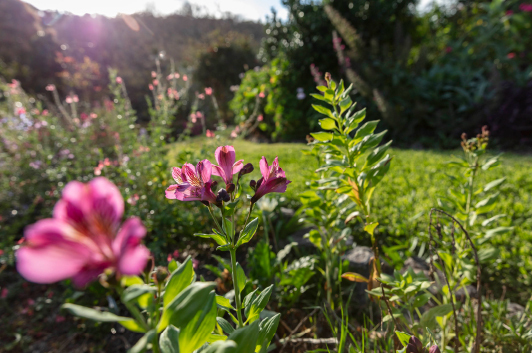
Beekeeping is an essential part of the agricultural sector. In Australia, honey and other bee products generate around $100 million per year. For the bees and beekeepers, that’s only one part of their job. The contribution to honey bees to agriculture through pollination services was valued at $14.2 billion in Australia in 2017. Not only do some crops rely heavily on pollination, honey bees also improve the quality and quantity of crops in general. Crops are an important source of revenue for farmers and the economy as a whole. The need for pollinators increases year after year, but around the world honey bee numbers are on the decline. That’s why now more than ever, beekeepers have a very huge role to play in increasing the number of bees.
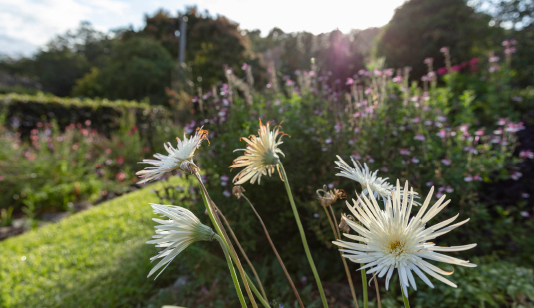
Plant Flowers.
Whether you’ve got a gigantic backyard, a small patch of grass, or a tiny balcony, you can help save the bees by planting some flowers in your garden. Native bees love them. Aim for a mixture of different flowers and try to have something in bloom all year round. Some native bees only like native plants, but others are less picky. If you want some more info on planting a bee-friendly garden, download this brochure by Mark Leech and the Rural Industries. Or if you’re standing in Bunnings right now and you need to choose some flowers, here are a few goodies to get you started:
• Annuals – alyssum, cosmos, Queen Anne’s Lace, calendula, phacelia.
• Perennials – daisies, salvias, penstemons
• Herbs (when in flower) – lavender, rosemary, oregano, borage, basil, yarrow, dill, parsley.
• Trees & Shrubs – eucalypts, grevilleas, bottlebrushes, buddleia, abelia, tea trees.
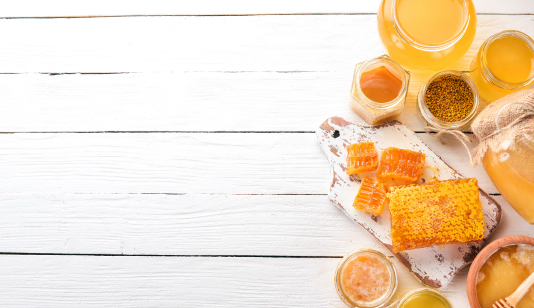
Buy Australian Honey and Bee Products.
One of the best (and easiest) things you can do to help our bees is buy locally made Aussie honey and bee products. By supporting Australian beekeepers, you’re helping the industry at large to stay viable.
Become a Beekeeper.
Or if you’re up for a new hobby, why not become a beekeeper? It requires close to no space at all and it’s not as hard as you think. During the active season, you’ll need to do weekly visits and a bit of hands-on work during the harvest. But other than that you can sit back and enjoy the sound of your buzzing bees. You’ll not only get your own source of honey and bee products (which you could sell for a nice profit), you’ll actually boost your entire garden. Seriously, the presence of bees will actually increase the quantity and size of your fruit and flowers.
Donate.
There are also a number of great organisations that could do with your help. Check out The Wheen Bee Foundation. They’re Australia’s only registered not-for-profit charity that works together with the government, the apiculture industry, food industries, universities, research organisations and the community to raise awareness and funds for research.